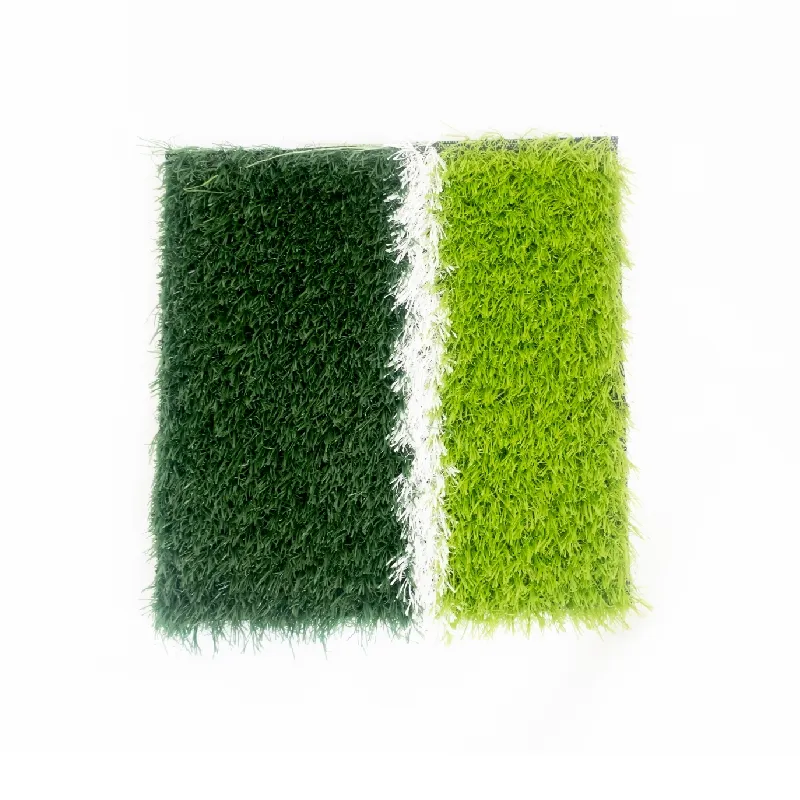
- Afrikaans
- Arabic
- Belarusian
- Bengali
- Czech
- Danish
- Dutch
- English
- Esperanto
- Estonian
- Finnish
- French
- German
- Greek
- Hindi
- Hungarian
- Icelandic
- Indonesian
- irish
- Italian
- Japanese
- kazakh
- Rwandese
- Korean
- Kyrgyz
- Lao
- Latin
- Latvian
- Malay
- Mongolian
- Myanmar
- Norwegian
- Persian
- Polish
- Portuguese
- Romanian
- Russian
- Serbian
- Spanish
- Swedish
- Tagalog
- Tajik
- Thai
- Turkish
- Turkmen
- Ukrainian
- Urdu
- Uighur
- Uzbek
- Vietnamese
sustainable artificial grass
Dec . 13, 2024 14:52 Back to list
Sustainable Artificial Grass A Green Solution for Modern Landscapes
As urbanization accelerates and environmental concerns rise, the quest for sustainable landscaping solutions becomes increasingly important. One of the innovations gaining traction in this arena is sustainable artificial grass. Once viewed solely as an aesthetic alternative to natural grass, today’s synthetic turf options are designed with sustainability in mind, offering numerous benefits that align with modern ecological standards.
Environmental Impact
The environmental benefits of sustainable artificial grass are significant. Traditional natural lawns require vast amounts of water for irrigation, chemical fertilizers, pesticides, and regular maintenance. In contrast, high-quality artificial grass conserves water and eliminates the need for harmful chemicals. This is especially crucial in regions experiencing drought or water shortages. By using sustainable artificial grass, homeowners and businesses can drastically reduce their water usage, making it an environmentally friendly option.
Moreover, sustainable artificial grass is often made from recycled or recyclable materials. Many manufacturers are committed to reducing their carbon footprint by using post-consumer plastics in the production of synthetic turf. This not only diverts waste from landfills but also provides a second life for materials that would otherwise contribute to environmental degradation. By choosing sustainable artificial grass, consumers support a circular economy that prioritizes resource conservation.
Durability and Longevity
Another compelling advantage of sustainable artificial grass is its durability. High-quality synthetic turf is designed to withstand heavy foot traffic and adverse weather conditions, ensuring it remains visually appealing and functional year-round. Unlike natural grass, which may require re-seeding and significant repairs due to wear and tear, well-maintained artificial grass can last for a decade or more, reducing the need for replacement and resource expenditure.
This longevity translates into lower overall costs for homeowners and facilities managers. While the initial investment may be higher than installing natural grass, the long-term savings in maintenance, water usage, and replacements make sustainable artificial grass a cost-effective choice over time.
sustainable artificial grass

Aesthetic Versatility
Sustainable artificial grass comes in a variety of styles, colors, and textures, catering to diverse aesthetic preferences. Whether it’s a residential lawn, commercial property, sports field, or playground, there are options designed to enhance any environment. Modern technology has advanced to the point where synthetic turf can closely mimic the look and feel of natural grass, making it a viable option for those who desire a lush, green lawn without the environmental impact.
Additionally, synthetic turf can be used in spaces where natural grass may struggle to thrive, such as shaded areas, rooftop gardens, or high-traffic zones. This versatility allows property owners to create beautiful, green spaces in otherwise challenging conditions, promoting mental well-being and improving air quality.
Health Benefits
Beyond the aesthetic and environmental advantages, sustainable artificial grass also offers health benefits. Traditional lawns often harbor allergens, pests, and mold, which can contribute to various health issues. In contrast, artificial grass does not attract insects or require chemical treatments, providing a safer play space for children and pets. Furthermore, many sustainable turf options feature infill materials that are free of harmful substances, ensuring a non-toxic surface for recreational use.
Conclusion
The shift towards sustainable artificial grass reflects a growing awareness of the need for environmentally responsible landscaping solutions. By reducing water consumption, minimizing chemical usage, and promoting waste recycling, synthetic turf emerges as a champion of sustainability in landscaping. Additionally, its durability, aesthetic versatility, and health benefits make it a practical choice for urban environments facing the challenges of climate change and ecological degradation.
As technology continues to advance, the possibilities for sustainable artificial grass will only expand, paving the way for a greener future. Whether for homes, parks, or sports facilities, embracing this innovative solution not only beautifies spaces but also contributes to a more sustainable planet. By choosing sustainable artificial grass, we take an important step towards harmonizing our living environments with the world around us—a choice that benefits both our aesthetics and our planet.
-
The Benefits of Artificial Turf for Indoors
NewsJul.15,2025
-
How Artificial Grass Suppliers Ensure Quality Products
NewsJul.15,2025
-
Artificial Grass and Pets: A Space for Relaxation
NewsJul.08,2025
-
Balcony & Outdoor Decoration with Artificial Grass
NewsJul.08,2025
-
Best Indoor Artificial Grass for Home
NewsJul.07,2025
-
Best Pet Turf for Dogs: Safe & Durable Artificial Grass Options
NewsJul.07,2025
Products categories









